Below, two views of Venus Vitrix by Antonio Canova (1757-1822), a renowned Italian neo-classic sculptor, in actuality portraying Pauline Bonaparte Borghese, commissioned by her second husband, Camillo Borghese, 6th Prince of Sulmona.
Above, right, a copy of the statue in the British Embassy in Paris. When the Duke of Wellington acquired L’hôtel de Charost, the British Embassy in Paris, 39 rue du Faubourg Saint-Honoré, in August, 1814, after the first defeat of Napoleon and his exile to Elba, Wellington purchased it indirectly from Pauline Borghese. A replica of the renowned Canova sculpture still stands in the British Embassy.
Below, left, the Palazzo Bonaparte in the Piazza Venezia in Rome, one of the homes of Napoleon's mother, Letizia, also known as Madame Mere. We attended both to see the building and the vanGogh exhibition. Right, we were amused to see the replica of Canova's sculpture Napoleon as Mars, the Peacemaker, aka Mars the God of War. (You choose.)
Below, a pair of the vanGogh (1853-1890) paintings in the exhibition from the Kroller-Muller Museum in The Netherlands. At left, Flowers in a Blue Vase, 1887; at right, Garden in Saint-Remy, 1889.
From the Text Panel: "The statue, slightly larger than life size, was found sometime between 1667 and 1670 near the basilica of San Vitale and given to the Capitoline Museums by Pope Benedict XIV in 1752. The Goddess is nude, portrayed in a sensual but modest gesture, her arms attempting to hide the harmonious shapes of her body from the viewer’s sight. The objects at her feet, her nudity, and the arrangement of her hair indicate that she she is bathing. The statue is a variant of the Aphrodite sculpted by Praxiteles in the fourth century B.C. for the goddess’s shrine at Cnidus Turkey...The number of known replicas and variants of this work attest to its success in the Roman world. The high value ascribed to this statue is borne out by the fact that it was discovered hidden in a walled up space, where its owner hoped to save it from some impending danger."
The Capitoline Venus was one of many ancient Roman treasures taken by Napoleon and installed in the Louvre in Paris. It was returned to the Palazzo Nuovo on the Campidoglio in 1816. About fifty copies exist, most in museums, but also as garden sculptures.

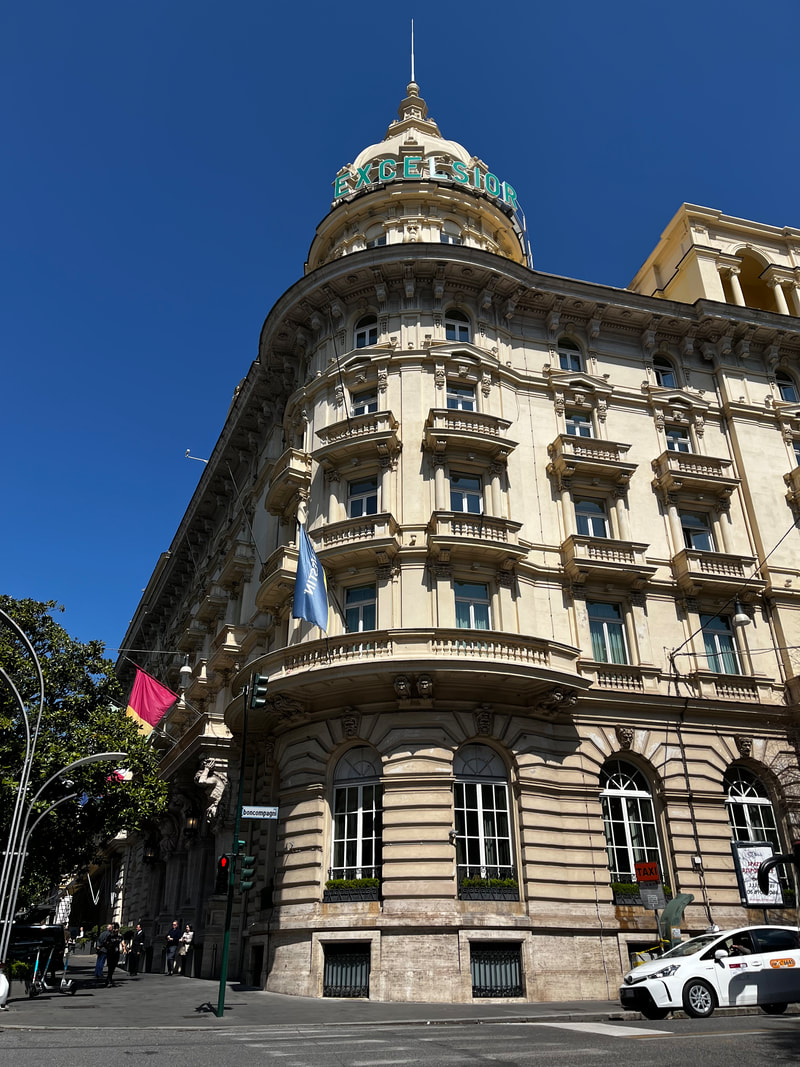


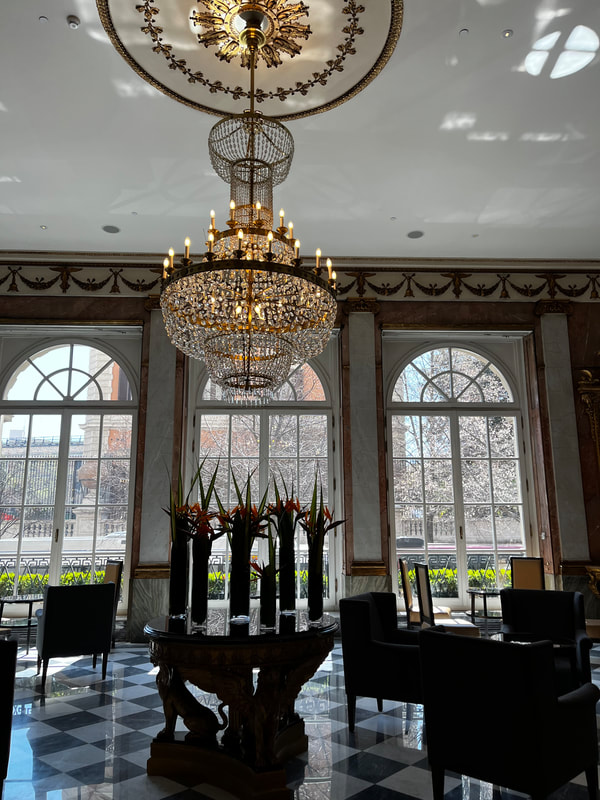



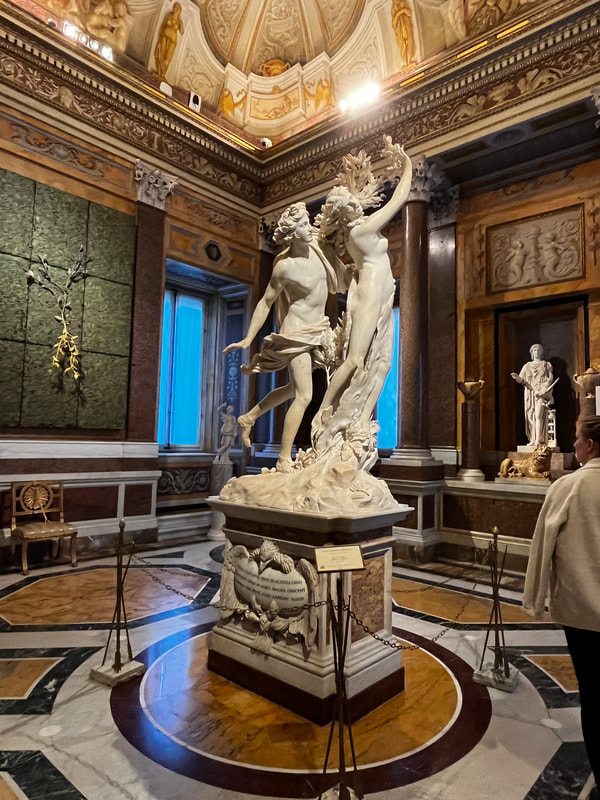






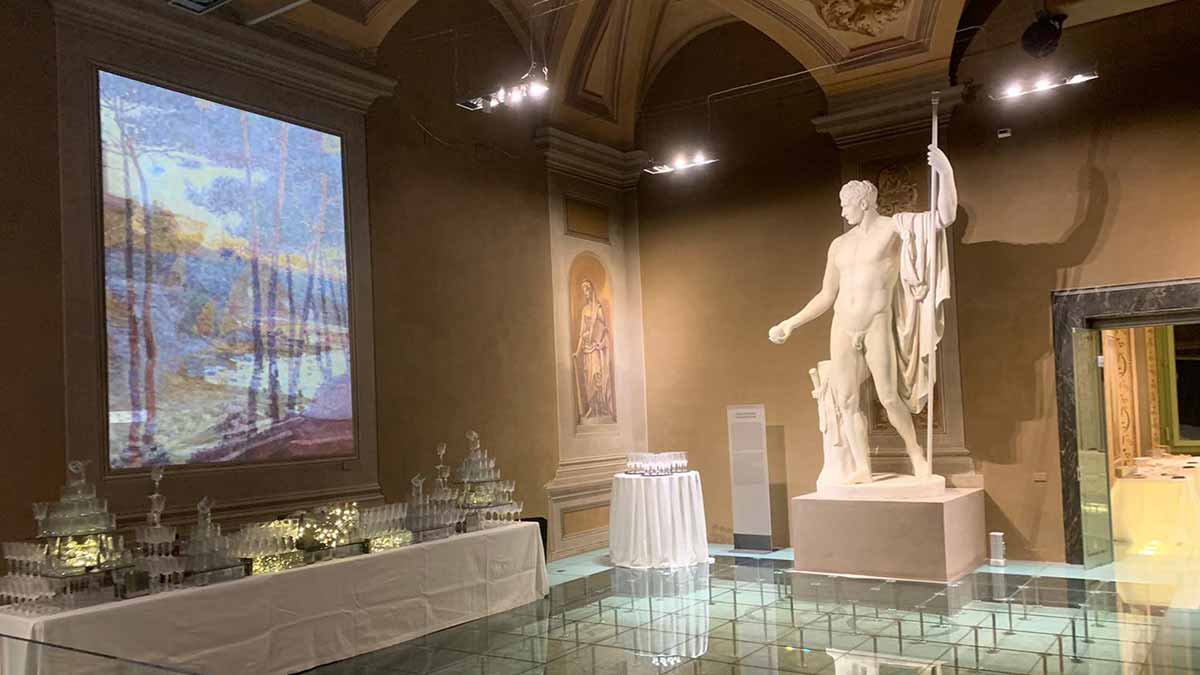




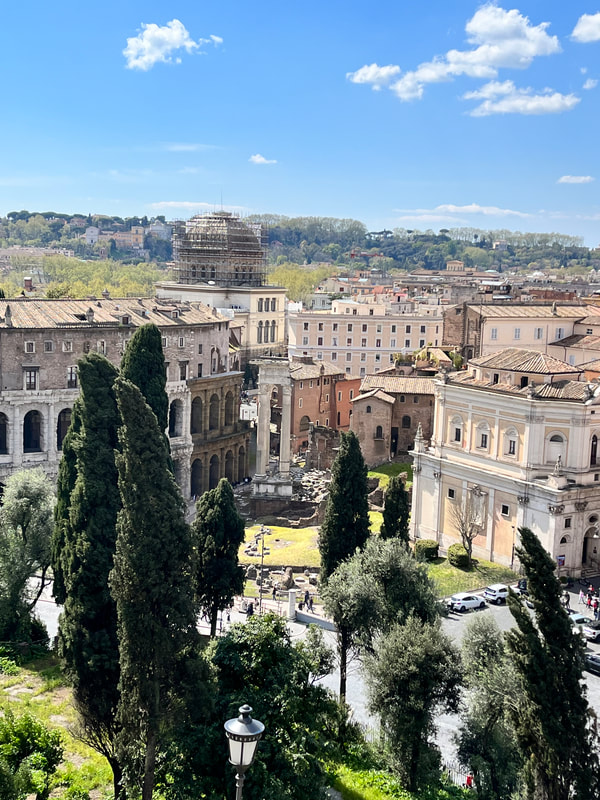



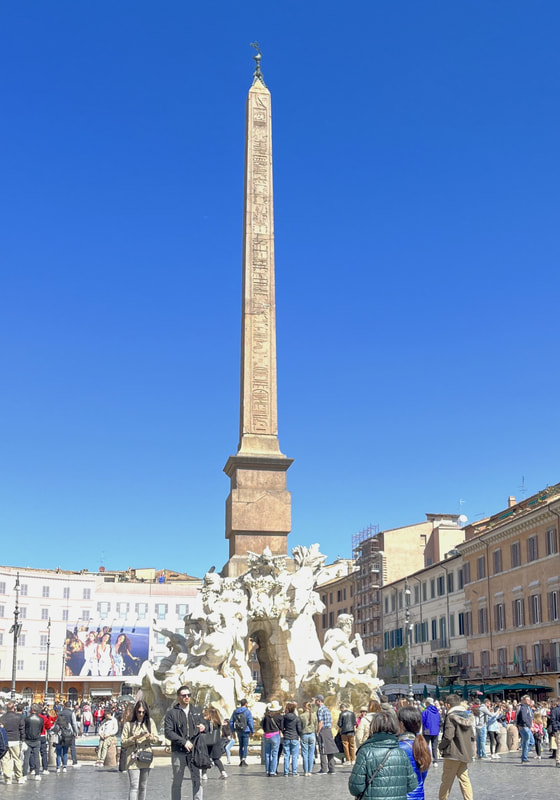
 RSS Feed
RSS Feed